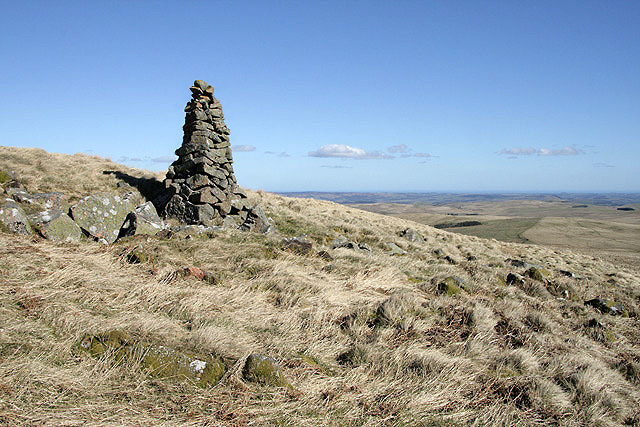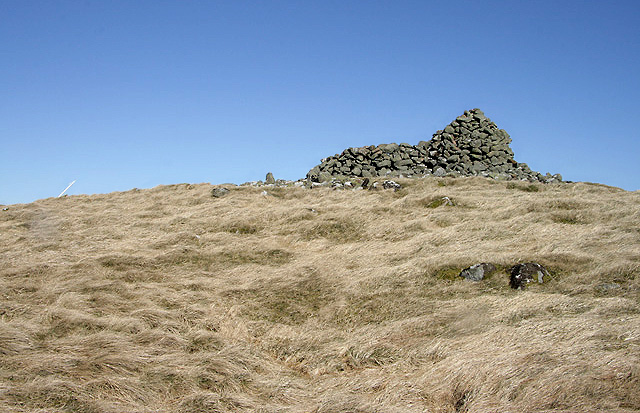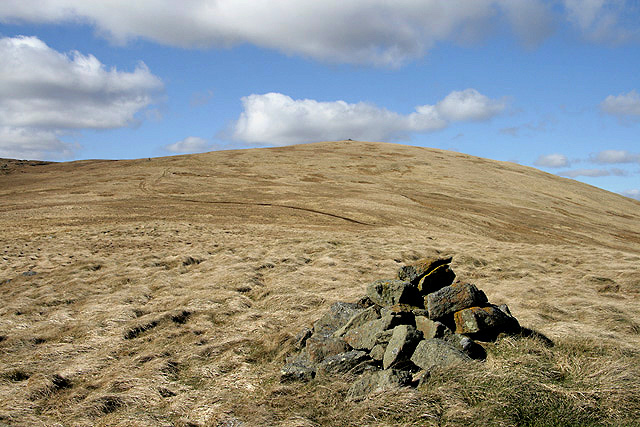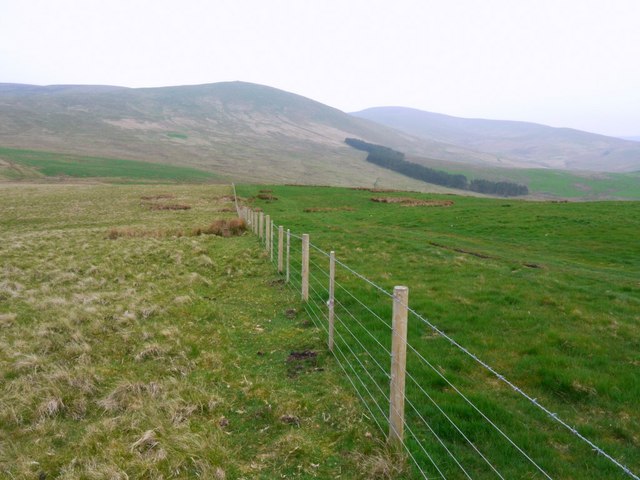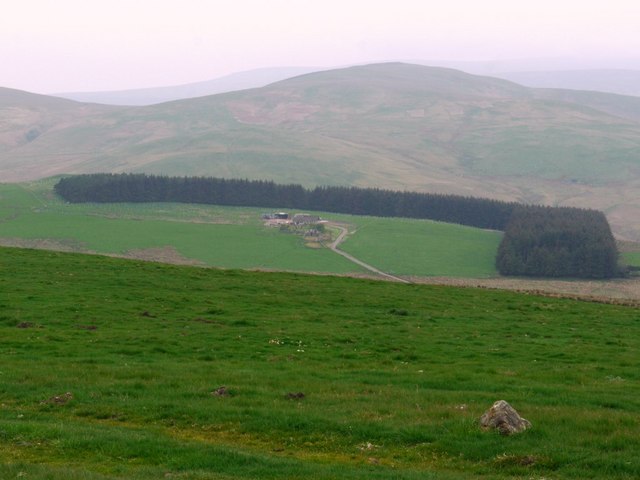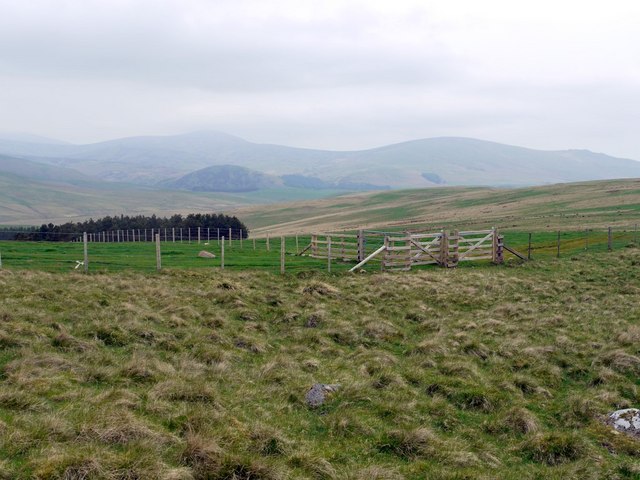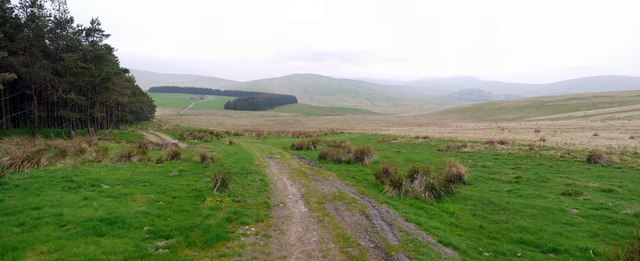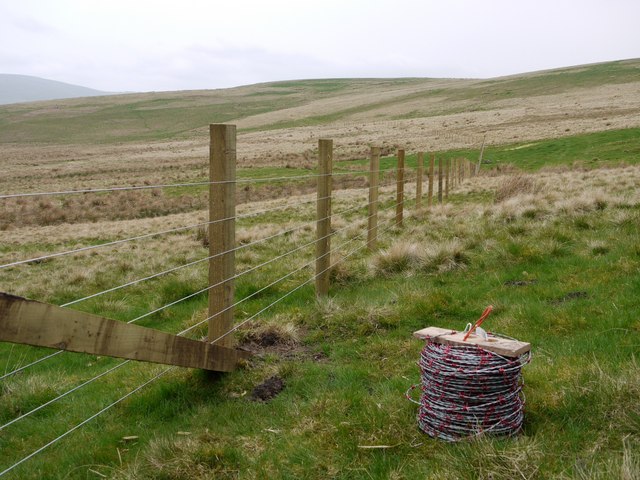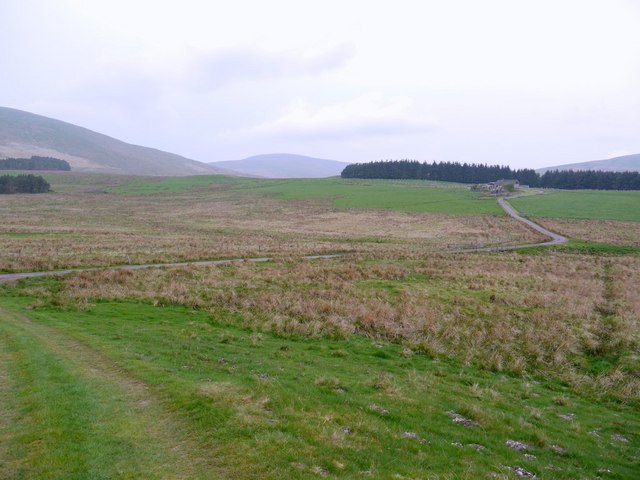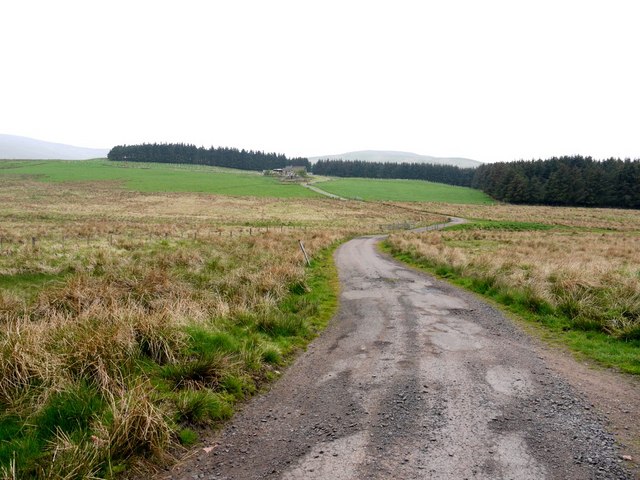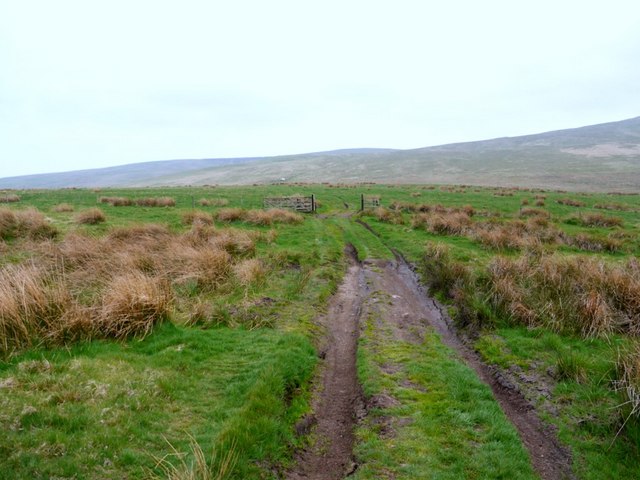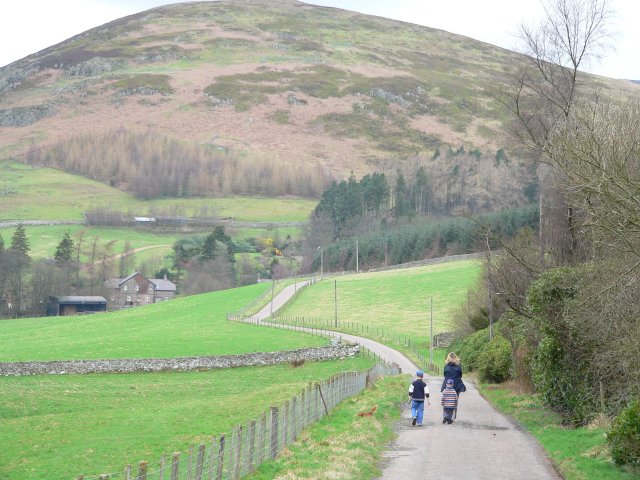Green Knowe
Hill, Mountain in Northumberland
England
Green Knowe
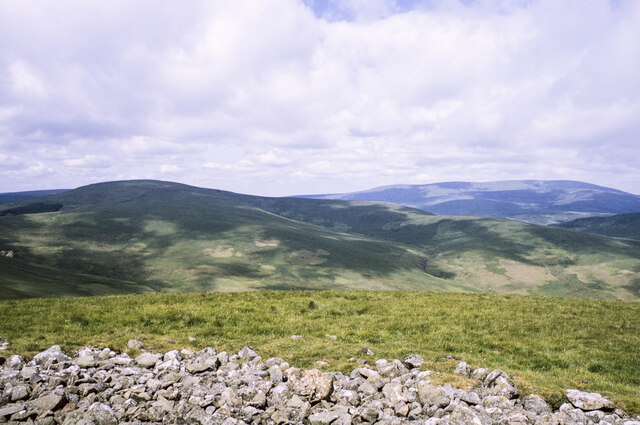
Green Knowe is a prominent hill located in Northumberland, a county in the northeastern part of England. Rising to an elevation of 345 meters (1,132 feet), it stands as one of the highest points in the region. Situated near the village of Wooler, Green Knowe is part of the beautiful and picturesque landscape of the Northumberland National Park.
The hill is characterized by its lush green vegetation, which gives it its name. It is covered in a mix of grasses, heather, and other wildflowers, creating a vibrant and colorful display, particularly during the summer months. The slopes of Green Knowe are gentle, making it accessible for hikers and nature enthusiasts of all levels.
From the summit of Green Knowe, visitors are rewarded with stunning panoramic views of the surrounding Northumberland countryside. On a clear day, one can see the Cheviot Hills to the south, the Scottish Borders to the north, and the North Sea to the east. These breathtaking vistas make Green Knowe a popular destination for photographers, hikers, and those seeking a peaceful retreat in nature.
The area surrounding Green Knowe is also rich in wildlife, with various species of birds, mammals, and insects calling it home. It is not uncommon to spot red grouse, kestrels, or even golden eagles soaring above the hill. The diverse flora and fauna of Green Knowe make it an important ecological site within the Northumberland National Park.
Overall, Green Knowe in Northumberland is a remarkable natural feature, offering visitors the opportunity to immerse themselves in the beauty of the English countryside and enjoy breathtaking views from its summit.
If you have any feedback on the listing, please let us know in the comments section below.
Green Knowe Images
Images are sourced within 2km of 55.41541/-2.0675783 or Grid Reference NT9513. Thanks to Geograph Open Source API. All images are credited.

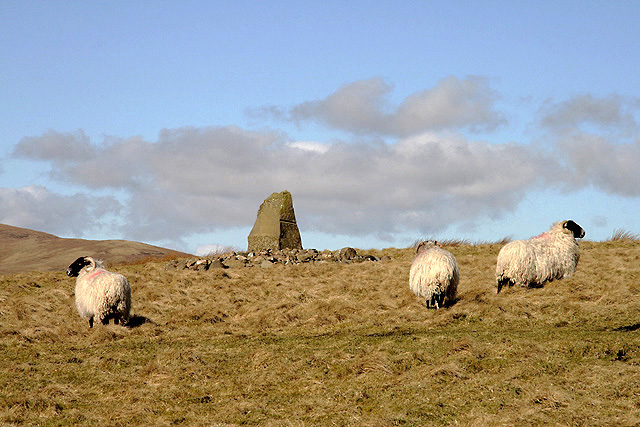
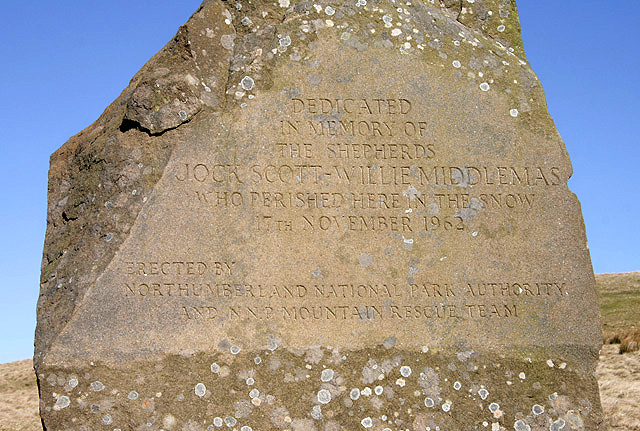


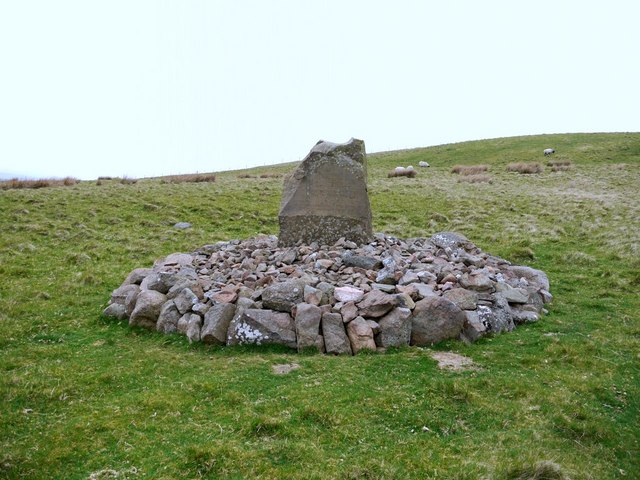
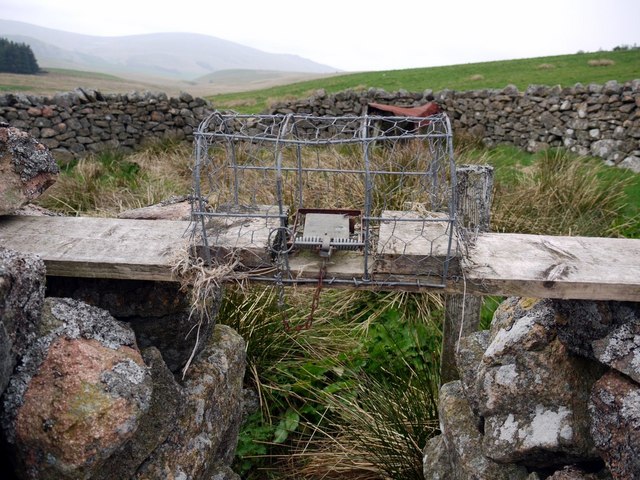
Green Knowe is located at Grid Ref: NT9513 (Lat: 55.41541, Lng: -2.0675783)
Unitary Authority: Northumberland
Police Authority: Northumbria
What 3 Words
///cases.pheasants.beak. Near Whittingham, Northumberland
Nearby Locations
Related Wikis
Linhope
Linhope is a small village in Northumberland, England. It is located in the Cheviots on the River Breamish, and within Northumberland National Park. Linhope...
Church of St Michael, Alnham
The Church of St Michael in Alnham, in the English county of Northumberland, is a medieval structure dating from circa 1200. Built on a Roman camp site...
Kidland
Kidland is a former civil parish, now in the parish of Alwinton in Northumberland, England, about 2 miles (3 km) northwest of Alwinton village. In 1951...
Alnham
Alnham is a hamlet and civil parish in Northumberland, England. It is about 14 miles (23 km) west of Alnwick, about 6 miles (9.7 km) from Scotland and...
Nearby Amenities
Located within 500m of 55.41541,-2.0675783Have you been to Green Knowe?
Leave your review of Green Knowe below (or comments, questions and feedback).
